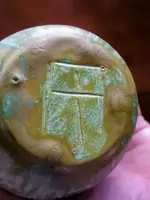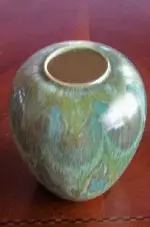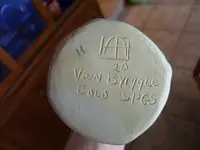diggummup
Platinum Member
- Joined
- Jul 15, 2004
- Messages
- 17,824
- Reaction score
- 10,135
- Golden Thread
- 0
- Location
- Somewhere in the woods
- Detector(s) used
- Whites M6
- Primary Interest:
- All Treasure Hunting
I posted this in another section of the forum a while back but it didn't got a single reply so I figured i'd try here where it can get some more exposure. This piece has stumped me for a while. Maybe a set of fresh eyes will help. It is approx. 7 inches tall and close to 5 inches in width. The inside is an off white glaze. It's a pretty delicate (thin) porcelain based on the weight and thickness. I posted the bottom mark at a couple angles because i'm not even sure which direction it goes. I believe this may be Chinese or Japanese porcelain.
Thanks for looking.
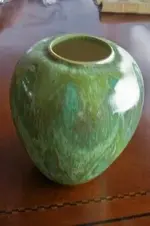
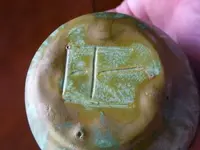
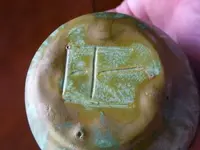
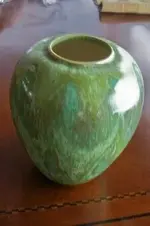
Thanks for looking.




Amazon Forum Fav 👍
Attachments
Last edited:



